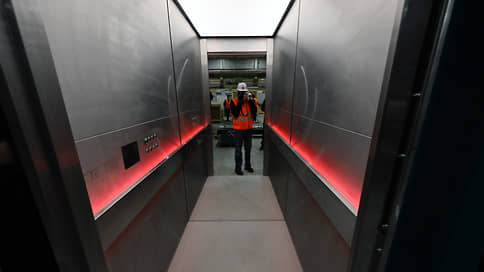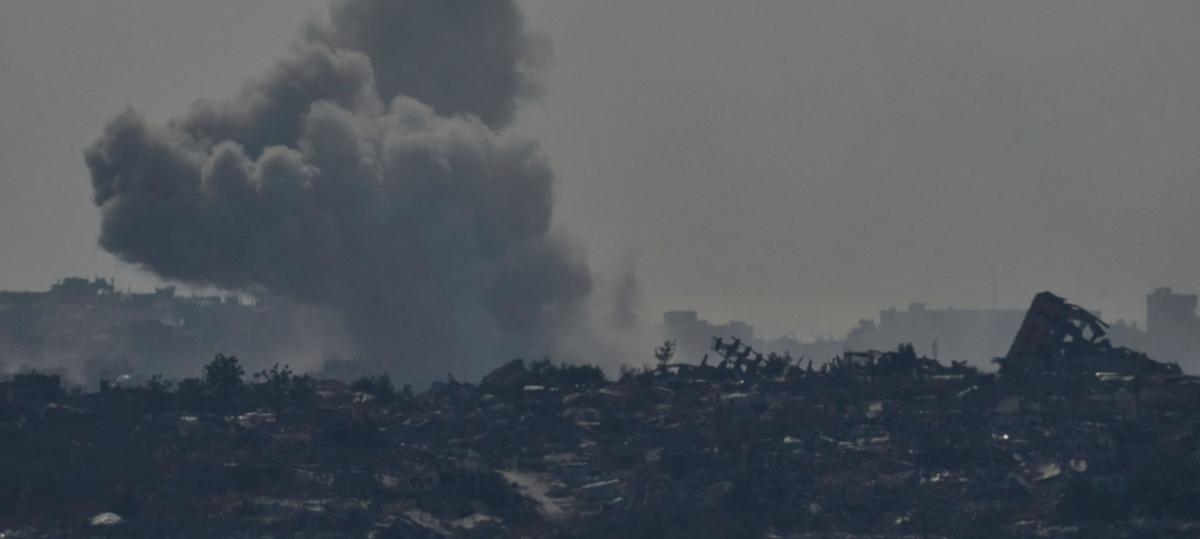The volume of elevators in Russia in the first quarter decreased

In the first quarter of 2025, elevator plants throughout Russia together produced 5.4 thousand elevators, which is 10% less than a year by the year. This is due to a decrease in the volume of procurement of elevators by regional overhaul funds to replace obsolete equipment and the decline in the activity of developers in housing construction. Problems are added by Chinese manufacturers who are trying to occupy their shares in the Russian market due to dumping.
In January -March 2025, the volume of elevator production throughout Russia decreased by 10% of the year, to 5.4 thousand units of equipment, follows from the calculations of Rosstat. The Moscow Electrical Equipment and Lifts JSC (Mel; included in the peak Civil Code) was informed “Kommersant” that they also reduced production volumes by 10%, but expect to reach planned indicators according to the results of 2025.
At the Puls elevator plant, they retained the production indicator in the first quarter, but they admit that now the production is loaded only by 70–80% and there is already a decline in interest from industrial customers. The remaining “Kommersant” surveyed elevators did not reveal their own results of the work.
Vitaly Mutko, head of the state -owned company « Dom.rf », in May 2024:
« 70 thousand elevators throughout Russia will fail by 2025. »
Large consumers of Russian -made elevators are regional overhaul funds purchasing elevators for replacing outdated equipment in apartment buildings. According to the calculations of the general director of the Russian elevator association, Peter Kharlamov, in January -April of 2025, regions held auctions to replace 6.8 thousand elevators – though more than 22% of the year, but 40% less results in the same period of 2023. This problem has been affecting the market for several years: regional funds have not enough funding to replace equipment (see. « Kommersant » dated July 27, 2024).
The reduction in the volume of procurement is expected to lead to a reduction in the production of elevator equipment, states Mr. Kharlamov.
Another reason for reducing production in the industry is a decrease in the activity of commercial developers. According to Dom.rf, in January – March 2025, developers launched 8 million square meters. m of new projects throughout Russia, which is 25% less than a year by the year. This leads to a decrease in purchases by developers from elevators, Mel notes.
The President of the Basic Development Group Alexander Ruchev believes that the key reason for the decline in the production of elevator equipment in Russia is a high competition with foreign players. Local manufacturers lose to Asian companies, primarily Chinese, in almost all areas, he notes.
In January -April of 2025, according to the Mal internal analytics, based on Rosakkreditation data, 65% of the commissioned elevator equipment falls on Russian production, 17% – Belarusian, 13% – Chinese, 4% – Turkish and 1% for imports from other countries. An increase in mounted elevators of China production is noted – by 13% year by the year, Russia – by 10% – and a decrease by 22% of elevators from Turkey, added to Mal.
At the Shcherbin Lift -Building Plant (SHLZ), they are sure that the demand for products of foreign manufacturers is due to the « conviction of developers in exceptional quality of products and a request for high -speed elevators. »
Meanwhile, the representative of the plant continues, the general slowdown in China’s economy pushes their manufacturers to a more aggressive expansion to the Russian market, « the main weapon of which is frank dumping. »
And taking into account the growing costs of production and, in general, the current economic situation, the price of elevator equipment in Russia will only increase, the general director of the Pulis plant Artem Isaev is sure. The cost of installation and service, which can also affect the demand for elevator products, will also grow, he adds.
The first quarter is usually the most indicative in terms of the general market trend. “The negative dynamics of this period does not allow you to experience illusions regarding the real state of things,” says the representative of Schles. Typically, most of the orders are at the end of the year, but even taking into account such growth, it is unlikely that according to the results of 2025, the market will enter the indicators of the previous year, according to Leonid Chernonog, manager of the Serpukhov lift -building plant (part of the Garden Ring Group of Companies). Without a deep modernization of the elevator industry, the trend increasing today will develop further, Alexander Ruchev summarizes.







